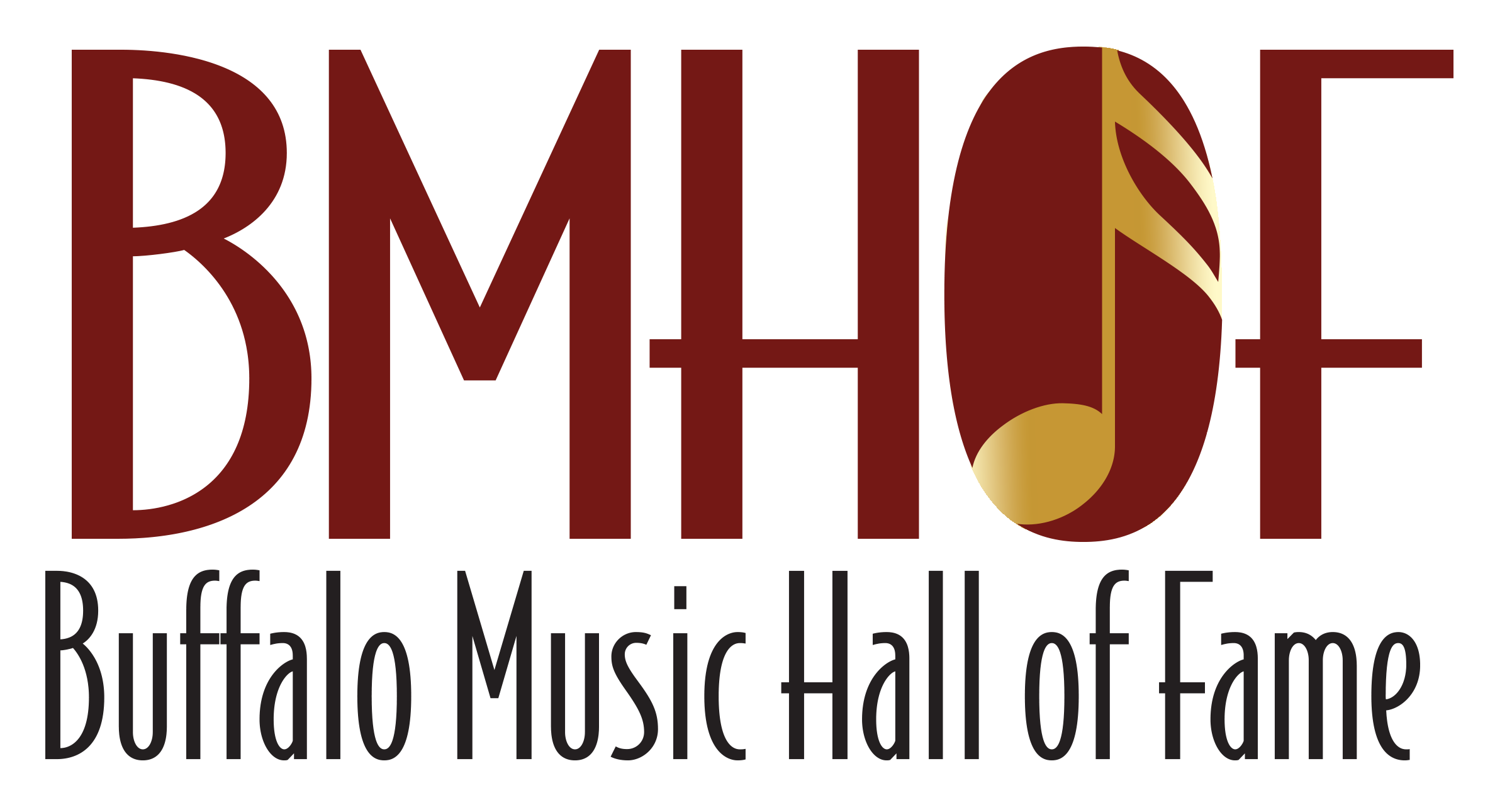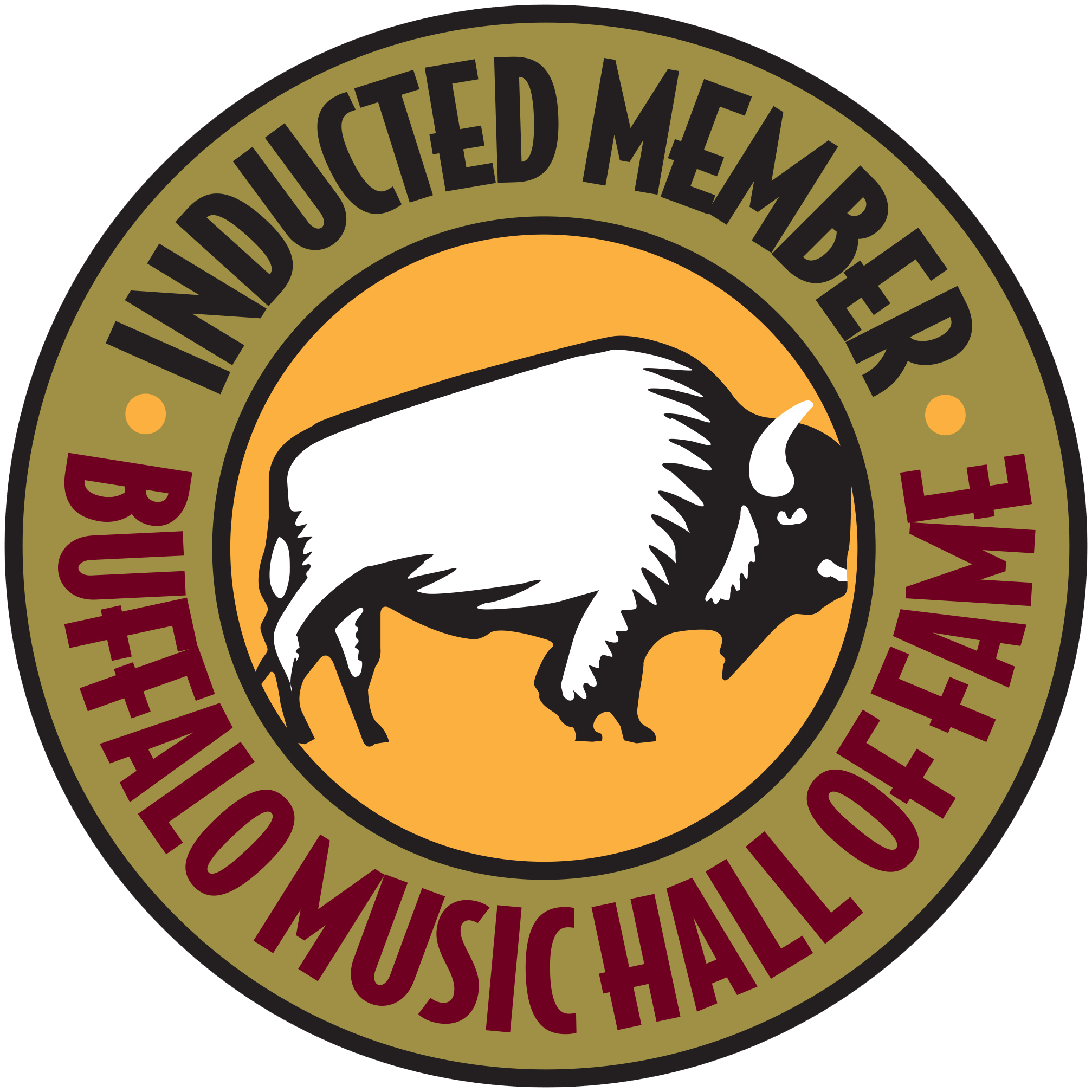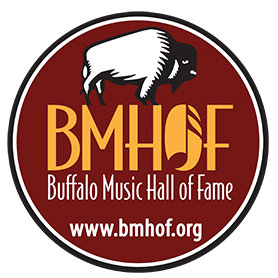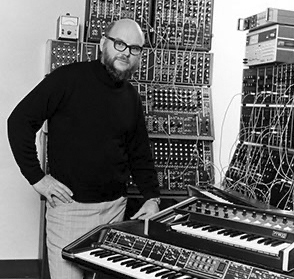





DR. DAVID LUCE - BMHOF CLASS OF 2023

The pioneering scientist and inventor who was the President of Buffalo-based Moog Music, and who created the first commercially viable polyphonic synthesizer.
Born in Youngstown, Ohio to educators and Paul and Grace Luce, David Luce earned a Bachelor’s Degre in Physics from Case Institute of Technology, and a Doctorate in Physics from Massachusetts Institute of Technology. His MIT graduate work contributed to the greater understanding of musical instrument tonalities, leading to the invention of the first electronic synthesizers that could accurately reproduce the tomes of orchestral instruments.
After working briefly at Sperry Rand, where he was involved with high-speed digital circuits, Dr. Luce joined Robert Moog’s Moog Music in 1972, with facilities in Williamsville, and then on Walden Avenue in Cheektowaga. There, he invented the Polymoog (originally called the Apollo), the first commercially viable polyphonic synthesizer, capable of playing multiple notes at one time. David also designed the Taurus bass pedal, which has been used by musicians such as Geddy Lee of Rush. He stayed on with the company after it was purchased by Norlin Corporation/Chicago Musical Instruments (also the parent company of Gibson Guitars at that time).
David became head of technical engineering at Moog, was promoted to president of the company in 1981, and became a co-owner in 1984, when he and F. Scott Chapman purchased the company from Norlin. Dr. Luce worked closely with giants of electronic keyboard music, including Keith Emerson of Emerson, Lake and Palmer, and many other significant artists.
After Moog Music closed in 1987, Dr. Luce moved on to a new specialty at another Buffalo-based company, developing vision diagnostic equipment for Reichert Technologies. In 2005 he published a widely cited ophthalmic research paper, in the field of corneal biomechanics. Luce and his colleagues at Reichert invented a new diagnostic instrument based on his research, called the ocular response analyzer, which is now used to detect glaucoma.
David’s interests outside his career accomplishments were also varied. Helped by family and friends, he hand-built a Vermont log cabin. He was president of the Clarence Concert Association, and supported local artists, civil rights, and environmental causes. He was also a talented racquetball player.